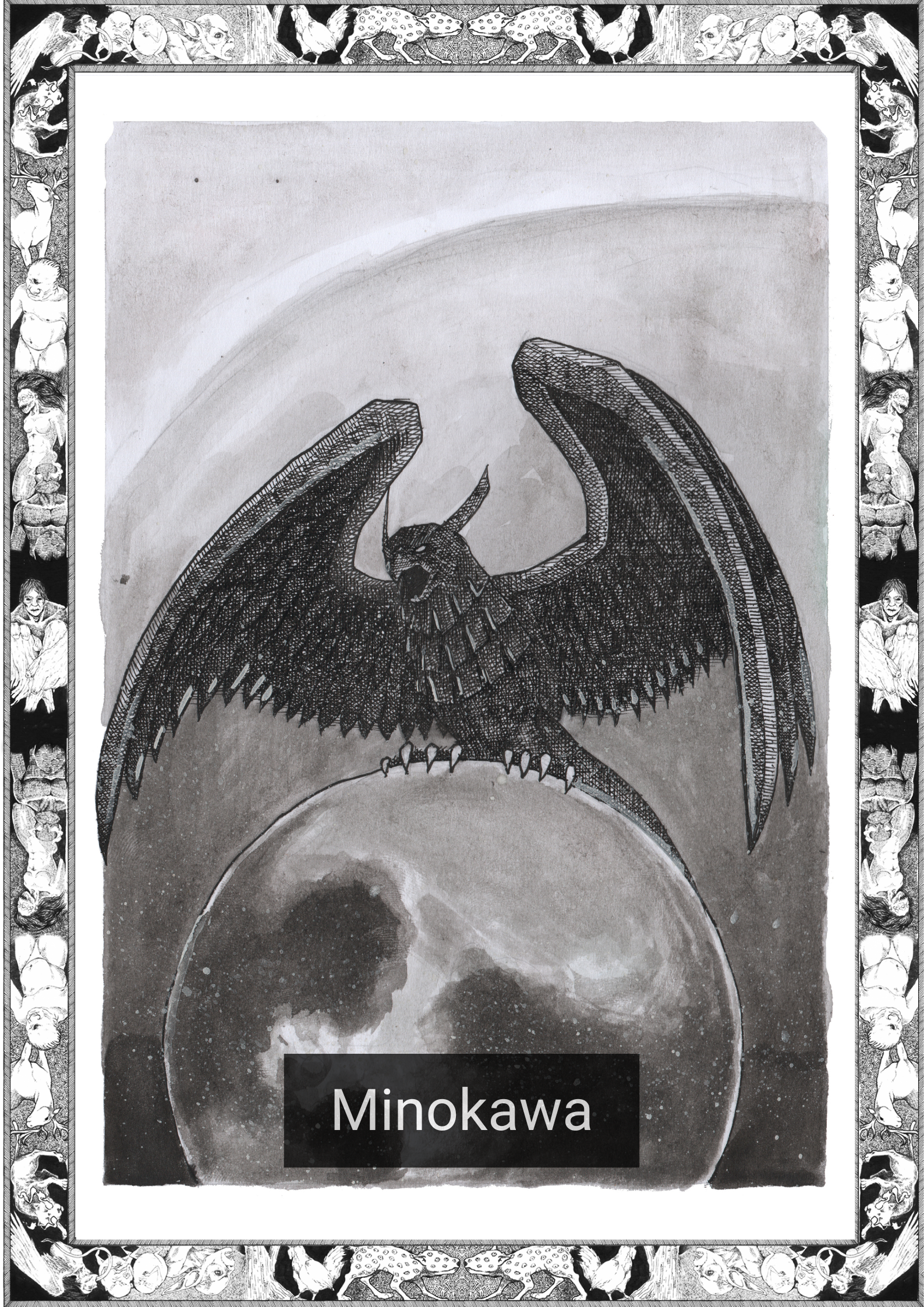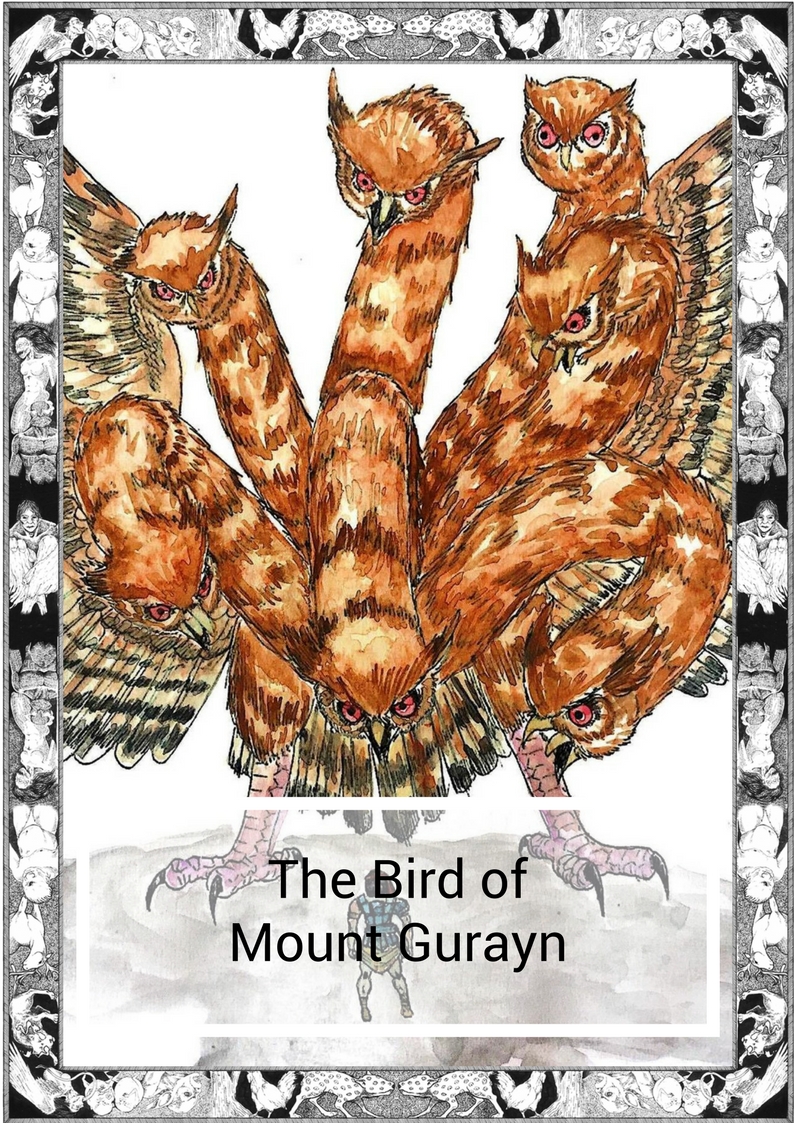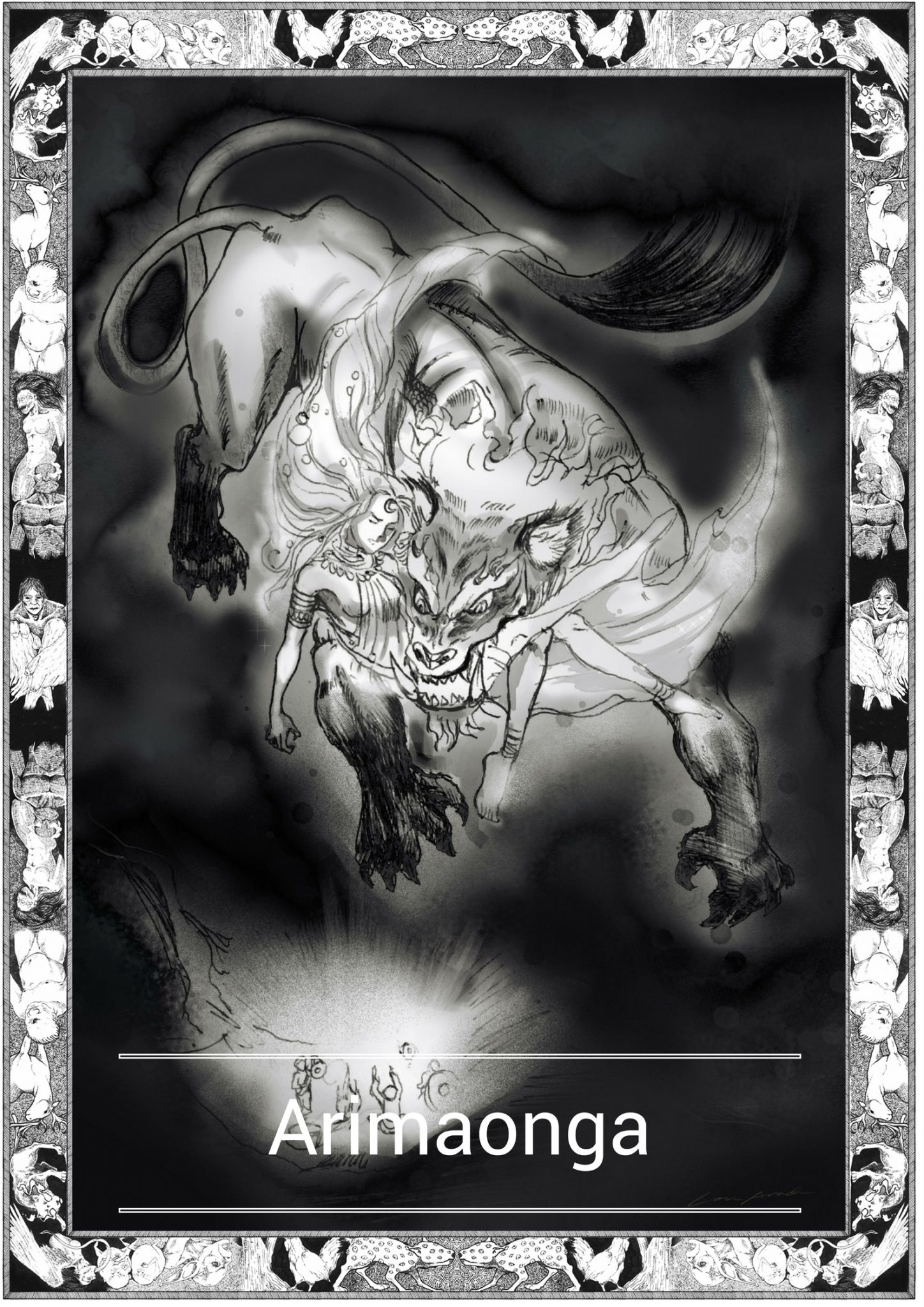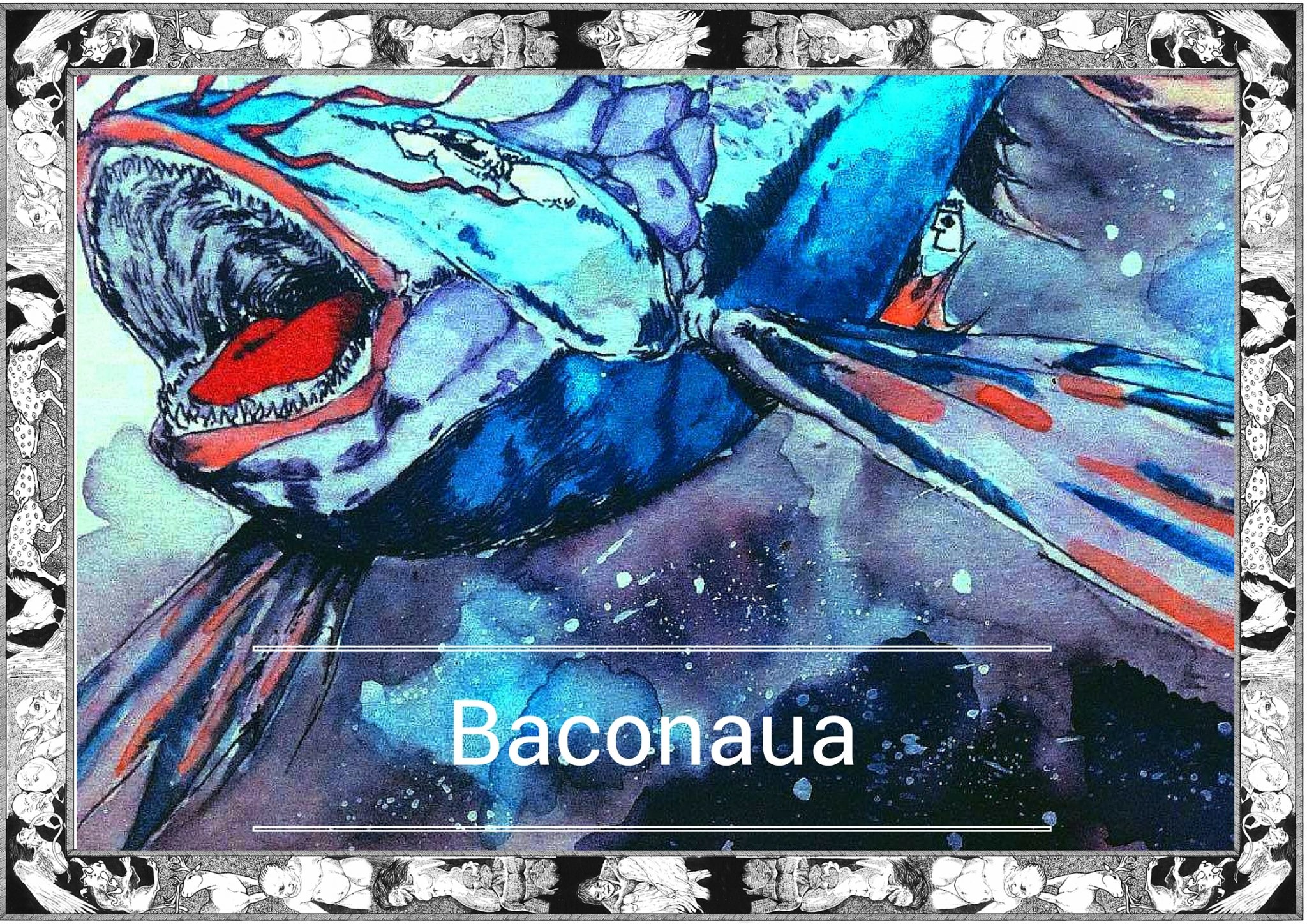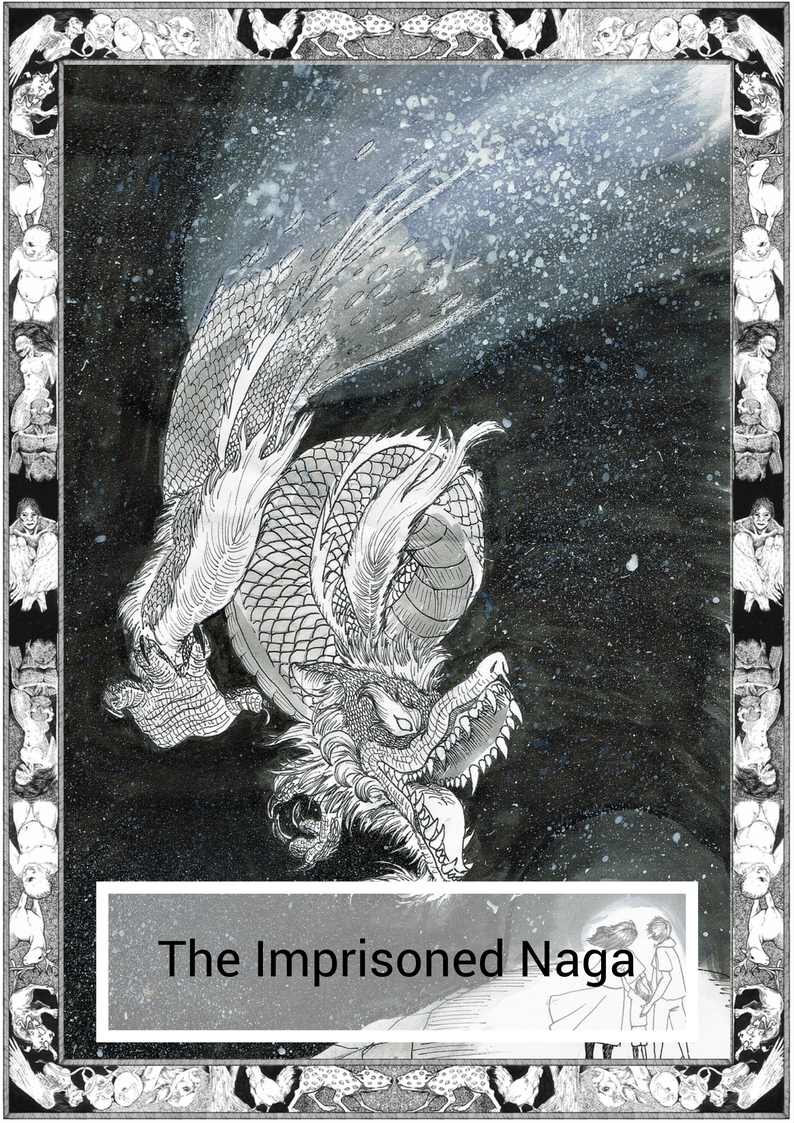
Annotation
Translation
The translation hews close to the original English text while maintaining the literary style and diction befitting of the genre. Refer to the “Ang Bakunawa” in this series for similar precepts used in translation.
Transcription:
1. While the transcription into Baybayin retains much of the traditional precepts of the syllabary’s application, in order to lessen the confusion, a more mediated approach to spelling and syllabication is used. For example, instead of using the dropped -n and -ng of old style syllabication (where ‘hanggang, for example will be written as ha-na-ga-nga or ha-ga- nga), and in order to provide syllabication and reading ease for contemporary readers, the system used is to spell ha-ng(+)-ga-ng(+) using the available pamudpod. Other transcriptions will not use a pamudpod in the absence of the font or prefer the symbol ) instead of using +. In this transcription, the + is preferred. To write and read in a simplified form based on contemporary spelling, re-la- si-yon (which is how it will be syllabicated and written in old baybayin) is instead spelled according to current and standard form ‘relasyon’ and transcribed with an s+ instead of a -si, in order not to confuse the standard spelling of Tagalog/Filipino words.
Reading direction also follows the L-R Top-Bottom style as among the allowed baybayin writing styles, this being closer to contemporary reading psychology.
The same system applies to “Ang Bakunawa” for consistency. Refer to this for other transcription details.
- Since the use of numerals is debated upon in the baybayin system, but there are some including those taught in DepEd Math classes (circa 80’s), that are considered the more reliable bases, this system uses Bulilag, the system presented by Guillermo Tolentino to indicate ‘6’ in the title as a triangle.
3.Ffor rhetorical clarity, contemporary devices like the question mark and colon are retained/use, while in keeping with old baybayin style, no hyphenation is used, inasmuch as the syllables already create a natural break, but note that the syllable after the hyphen is emphasized in a hyphenated form to retain syllabication stress. For example, instead of writing pagibig as pa-gi-big, it is transcribed as pa-g+-i-big.
Content:
The reference to the sex of the dragon, the siren and the young male Moon and other deities is retained as intended by the original English text.






























=———————————————————————-=
*Tagalog is an Austronesian language spoken as a first language by a quarter of the population of the Philippines and as a second language by the majority. Its standardized form, officially named Filipino, is the national language of the Philippines, and is one of two official languages alongside English.
**Baybayin (Tagalog pronunciation: [baɪbaˈjɪn]; also incorrectly known as alibata) is a Philippine script. It is an alphasyllabary belonging to the family of the Brahmic scripts. It was widely used in Luzon and other parts of the Philippines prior to and during the 16th and 17th centuries before being supplanted by the Latin alphabet during the period of Spanish colonization.
Written by Karl Gaverza
Translation and Transcription by Rosella S Moya-Torrecampo
Copyright © Karl Gaverza
Translation and Transcription Copyright © Rosella S Moya-Torrecampo
Inspired by the different Bakunawa myths https://www.aswangproject.com/bakunawa/
Bakunawa Illustration by Felix Pabalinski
IG: @Elironpabalinas

